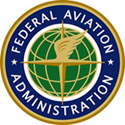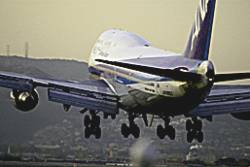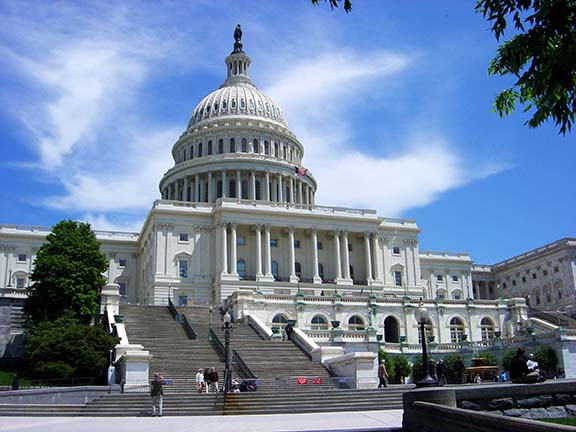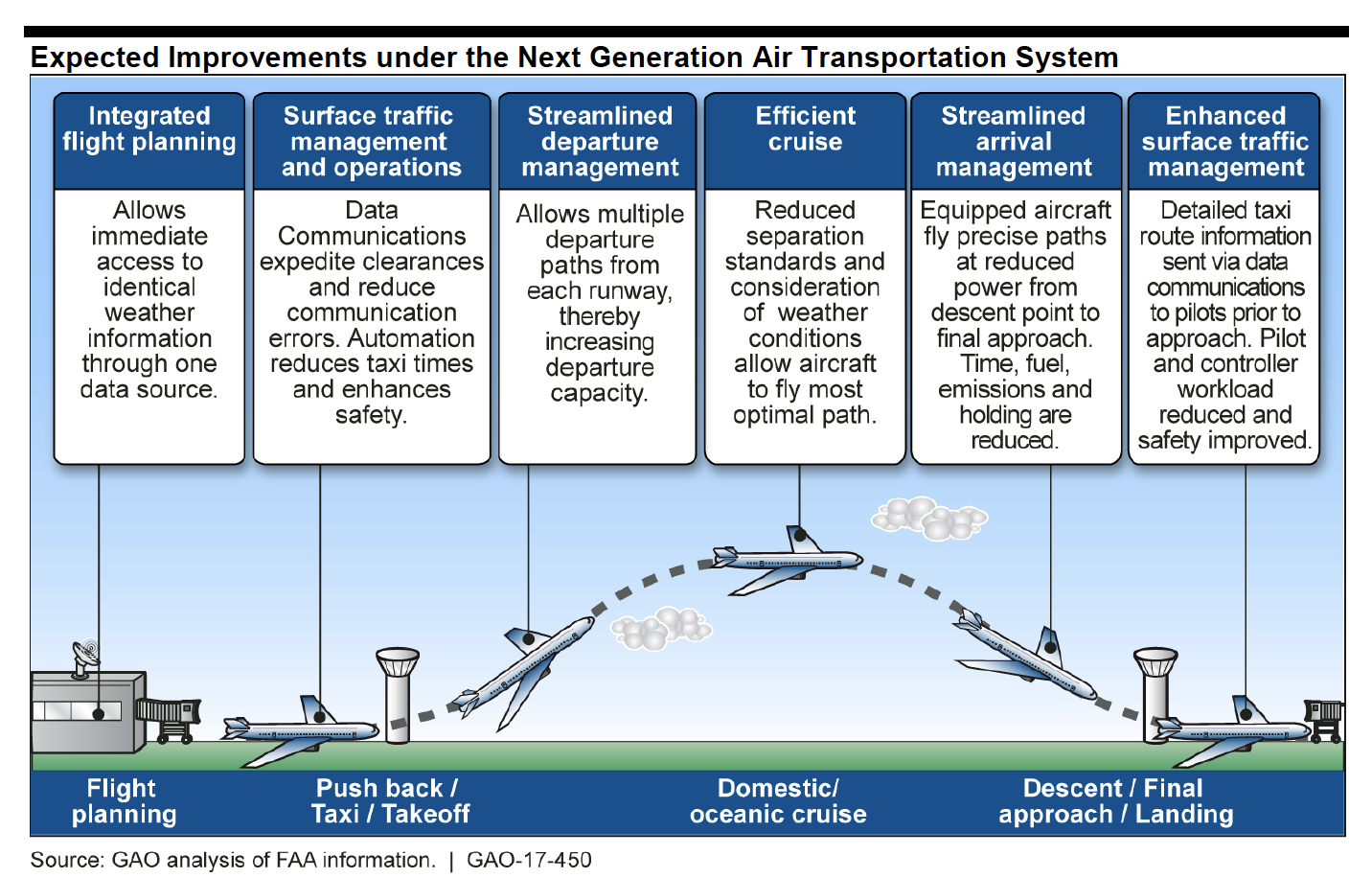
Lawmakers meeting to examine reauthorization of the Federal Aviation Administration (FAA) and the agency’s work on the GNSS- and satellite-based, next-generation air traffic system (NextGen) weathered a scathing critique of their own efforts — particularly their work on the federal budget.
Lawmakers meeting to examine reauthorization of the Federal Aviation Administration (FAA) and the agency’s work on the GNSS- and satellite-based, next-generation air traffic system (NextGen) weathered a scathing critique of their own efforts — particularly their work on the federal budget.
Chairman Bill Shuster, R-Pennsylvania, opened the November 18 hearing of the full House Committee on Transportation and Infrastructure saying that Congress had an important role in the modernization effort, and would “continue to provide the tools and resources necessary, while also conducting oversight to ensure taxpayer money is not being wasted.”
But the panel sharply disagreed with his assertion that Congress had been putting the necessary resources on the table.
“A few years ago I convened experts to identify challenges to aviation and they found the problems start with funding,” said John Engler, president of the Business Roundtable. “Unpredictable, unreliable and often inadequate funding streams are doing damage to long-term planning and investment.”
The agency would face a $5 billion funding shortfall over the next seven years, Engler said, citing a senior FAA official in his prepared remarks. The agency and NextGen stakeholders are “currently engaging in triage, figuring out which few projects the agency can afford to pursue in the current highly uncertain funding environment,” the former governor told lawmakers, many of them Republican colleagues.
The FAA’s ability to convince air carriers to equip their planes with NextGen capability has been undermined by recurring budget problems, according to the head of a key airline company association.
“Several years ago airlines invested approximately $100,000 per aircraft to install controller pilot datalink communications equipment, CPDLC, only for the FAA to cut funding for the program because the Congress couldn’t support it,” said Nicholas Calio, president and CEO of Airlines for America. “That cost our airlines millions of dollars and left them with useless equipment on aircraft. In fact, some of those airplanes are now getting parked in the desert with equipment that was never used. If our airlines invest in new equipment on our airliners they have to see a return on investment, not a different plan from a different administration.”
Capt. Lee Moak, President of the Air Line Pilots Association, told lawmakers the funding problems and furloughs had triggered an exodus of key staff in an agency already facing a surge in upcoming retirements.
“Between September 2006 and July 2008, 3,312 controllers left the FAA’s controller ranks, Moak told the committee. “These losses were more than the natural outgrowth of an aging workforce — of 3,312 that separated, only 35 controllers, one percent, had reached their mandatory retirement age, while 419 left the workforce before they were even retirement-eligible. This mass exodus of controllers left the system staffed at only 71 percent of the acceptable level with the lowest number of certified professional controllers (CPCs) in 16 years.”
But not all attending the hearing were convinced that the rocky federal budget process was the root cause of these difficulties and long delays in air traffic control modernization.
“Is a lack of funding a major problem in not moving forward with NextGen,” Rep. John Mica, R-Fla., asked panel member Calvin Scovel, the inspector general of the Department of Transportation.
Scovel noted that the FAA’s total budget had grown from $8.1 billion to $15.9 billion — an increase of 95 percent — from fiscal year 1996 to 2012, and its operations account increased by 108 percent, from $4.6 billion to $9.7 billion. The agency’s personnel compensation and benefits surged by a similar amount, growing from $3.7 billion to $7.3 billion, an increase of 98 percent.
“From our work, Mr. Mica, Scovel responded, “we don’t think a lack of funding has been a problem, certainly the timing perhaps of that funding — the steady stream of funding. But I think that’s different from the lack of funding,” Scovel responded.
And, Scovel pointed out, the additional money did not always lead to success. Between 1996 and 2004, he said, acquisitions ran 38 percent over budget, on average, and 25 percent behind schedule.
Chairman Schuster, who is interested in the way other nations have spun off their day-to-day air-traffic control operations into independent, self-sustaining organizations, told the witnesses that the FAA and the aviation industry could not expect taxpayers to solve their problems, Chairman Schuster said.
“The funding is not there and if you think Congress, with this environment that we’re in here today, with the deficits and the debt that we have, is going to be able to fix this — we’re not going to be able to,” Schuster said. “We need to look at something different not only from the process standpoint but from the funding standpoint — a new way forward and we have to do it together.”




